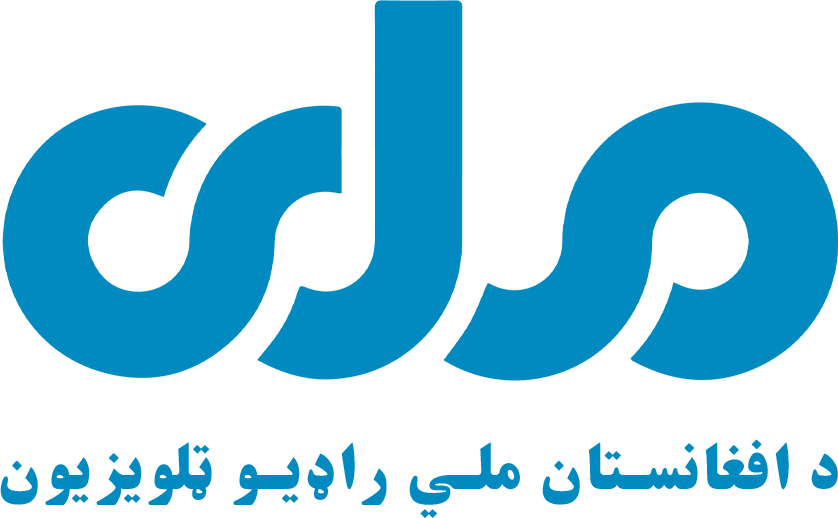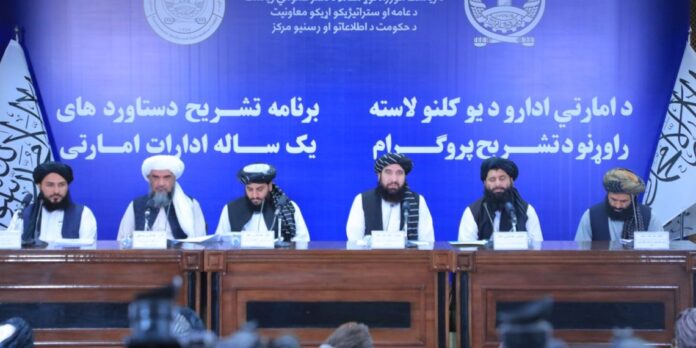At a press conference held at the Government Media and Information Center, officials from the Directorate General of State-owned Corporations outlined their achievements over the past year.
According to the officials, state-owned corporations were originally established decades ago to foster agricultural and industrial development in Afghanistan, combat monopolies, create employment opportunities, and strengthen the national economy. However, due to the prolonged four decades of war, these companies were largely neglected by previous governments and sustained considerable damage.
Officials highlighted that with the reestablishment of the Islamic Emirate, and recognizing the economic significance of these companies, IEA renewed its focus on state-owned corporations.
Under Decree No. 21, dated 27/6/1445 AH, issued by the Supreme Leader of the Islamic Emirate, the General Directorate of State-owned Corporations was established to enhance, expand, and streamline operations. In addition, the organizational structure of this directorate was formalized under Decree No. 8, dated 22/2/1446 AH.
Among the key achievements of the past year, the directorate successfully revitalized and re-equipped major state-owned corporations, including Afghan Poultry, Baghlan Sugar, Kandahar, Balkh, and Pul-e-Khumri Textile Mills, as well as a Bost Corporation in Helmand.
Officials added, in collaboration with the World Bank, the implementation of the CASA-1000 project is expected to commence in the near future.
Over the past year, Da Afghanistan Breshna Sherkat (DABS) produced a total of 1,206,671 megawatts of electricity domestically and imported 5,672,796 megawatts from neighboring countries. In addition, the construction of key energy infrastructure projects is underway, including the 500 kV transmission line from Sheberghan to Dasht-e-Alwan to Arghandi, the 220 kV line from Ghazni to Kandahar, the Noor al-Jihad substation in Herat, and a substation in Kandahar. These projects are expected to be operational shortly.
Officials reported significant progress on the Qosh Tepa Canal project, with the first phase reaching 91% completion and the second phase 54% complete. Meanwhile, mining operations at the Balkhab coal mine have yielded 28,980 tons of coal to date.
Cement production has also been a notable achievement, with 199,671 tons of cement produced over the past year through the Ghori and Jabal al-Seraj cement plants. Fiber optic infrastructure projects, covering approximately 1,500 kilometers, are ongoing, with 80% of the fiber optic network now upgraded to international standards.
Along with the establishment of the Directorate, 85 gas distribution centers were opened in both Kabul and the provinces, playing a vital role in regulating gas prices in the market. Over the past year, 198,614,287 cubic meters of gas were extracted, processed, and distributed to consumers.
Officials also noted that 36 million cubic meters of clean drinking water were supplied to the capital and provinces, while 39 water supply projects were completed, nine were designed, and 15 additional projects are in the planning stage.
The Nangarhar Agricultural Enterprise made significant contributions in the past year, producing 402 tons of olives, 41,125 liters of olive oil, 20 tons of dates, 907 tons of wheat, 10 tons of fish, 102,643 liters of milk, 2,874 soap bars, and 234,338 fruit-bearing and non-fruit-bearing saplings.
In the printing sector, the directorate designed and printed over 30 types of secure and non-secure documents. In addition, 90 tons of tomatoes were exported to Turkey, and the production of 4,430 tons of improved wheat seed, 13.7 tons of rice, 19.8 tons of maize and grains, 47,990 kilograms of industrial seeds, 3,400 kilograms of legumes, and 31,300 kilograms of vegetables was achieved.
Key activities over the past year also included the issuance and renewal of operational licenses for 503 tourism companies, 177 online service companies, and 47 guesthouses. In addition, modern machinery for stone processing, valued at 12 million Afghanis, was purchased and installed, marking progress in the domestic paper production industry.
The directorate has also reinitiated the production and processing of precious and semi-precious stones, Babo garments and leather, and exported approximately 5,314 diverse products to international markets. The directorate played a key role in organizing 27 domestic and international exhibitions to support Afghanistan’s handicraft industries and conducted vocational workshops for local artisans.
These accomplishments reflect the commitment of the newly established directorate to drive economic development and strengthen key industries across Afghanistan.


